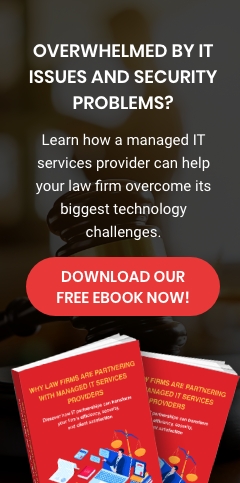In today’s fast-paced world of business, every second of downtime will hurt. And because there’s no telling how and when a disaster will hit your business, it’s a good idea to prepare for the worst. This is why it pays to have a business continuity plan, as having one enables your business to minimize the risk of downtime and react to any emergency event at a moment’s notice.
What is a business continuity plan and what are the steps in creating one?
A business continuity plan (BCP) outlines the ways a business can assess the potential impact of disasters, devise policies and strategies to address them, and create a plan to quickly resume normal operations. Having a solid BCP strategy is crucial in reducing the adverse effects of any emergency and making the company more resilient.
Being methodical and organized about your continuity planning will go a long way. Here are some steps you should follow to ensure that your plan is realistic and can be executed satisfactorily:
- Form a business continuity management team
Your business needs a team to design and develop your BCP. They will be in charge of preparing your business for worst-case scenarios and take the lead in guiding your business through any storm.The business continuity management team will be in charge of preparing standards for the project, conducting continuity training for other members of the organization, and identifying processes to make the project succeed. Make sure to choose individuals who are qualified and experienced for these roles.
- Conduct a business impact analysis
Once your team is assembled, you will need to conduct a business impact analysis (BIA). A BIA will identify how each part of your business will be affected by a disaster. For example, a BIA might reveal that two days of flooding within a 2-mile radius of your office building will lead to a 90% chance of roads being impassable, which will cut off incoming supplies and outgoing products.A BIA should help you quantify your risks and provide you with an idea of how to proactively prevent certain disaster scenarios. It should also help you predict the financial impact your business will experience in the event of a disaster.
- Conduct a gap analysis
A gap analysis will reveal any inherent weaknesses your business may have. For instance, you may not be aware that your office generator can only provide you with three 8-hour days of full operational capacity on one full tank of diesel. By performing a gap analysis, you'll know the limitations of your current equipment and will be able to strategically allocate the relevant resources in the event that you are cut off from any fuel supply. - Explore recovery strategies
Once you know the risks and gaps your business may face, you can start exploring recovery strategies. In choosing and developing your recovery strategies, these are the questions you should be asking:- If our office becomes damaged, how will we continue to deliver our products and/or services at acceptable quality levels?
- How will we get our critical operational components (IT, production, sales, and support) running so we can keep making money?
- Will our employees be able to work from home?
With BCP, you aim to minimize downtime and continue operating while you recover from a disaster. Your chosen strategies should answer the questions above and result in the speedy resumption of operations. It is also at this stage that you should devise your recovery goals. For example, a good recovery goal is to regain 100% of operational output within seven days of a disaster occurring.
- Build your continuity infrastructure
Now that you have defined your gaps and your strategic approach, you can focus on updating, upgrading, and augmenting your current business infrastructure in preparation for future disasters. For example, most BCPs involve deploying hybrid or cloud data backups for easy recovery of business information should local servers get destroyed. You can partner with a reputable backup provider to set up your hybrid and cloud infrastructure without incurring additional downtime. - Test and make improvements
Once your infrastructure is in place, you can conduct simulations to see whether your strategies will be sufficient to meet your recovery goals. This is also the time to check whether your employees have been properly trained to deploy the backup plan.
Make backups a breeze by partnering with proven information system solution providers such as USWired. Our expert technicians will guide you through every step of continuity planning. Contact us today to schedule a backup and recovery plan consultation.


